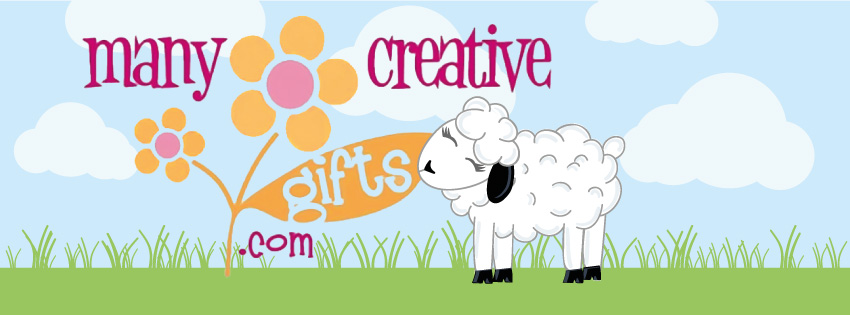A lot of your planning should be finalized by now, so it's time to doublecheck that guest list and order the invitations! You'll want to send the invitations about 2 months before the date of the shower, so you'll want to order the invitations or start making them about a month to 4 weeks before you want to send them out.
(photo credit to Diana Polekhina on Unsplash)
When creating a baby shower invitation, it's important to include specific details to ensure that your guests have all the necessary information. Here are the essential items to include:
Event Title: Clearly state that it's a "Baby Shower" so guests know the purpose of the gathering.
Parent's Name: Include the name of the expectant mother or the parents since it is their special day.
Date and Time: Specify the date and start time of the baby shower. If there are specific time details, such as when games or activities will begin, mention those as well. And, frankly, if there's a time that you want the festivities to wind down, put an end time as well.
Location: Provide the complete address of the venue, including any helpful landmarks or parking information.
RSVP Information: Include an RSVP deadline along with contact details, such as a phone number or email address, where guests can respond to confirm their attendance. Create a spreadsheet on which to mark accepted or declined invitations from guests since this will help with planning and catering as well as narrow down the follow-ups to those who did not respond timely.
- Theme: Here's where your creativity starts to really blossom. Let your guests know the theme of the shower explicitly on the invitation to guide guests in getting into the mood. Let them know any specific items to bring or other information that they would want to know to prepare and be comfortable at the event. For example, if there are any special instructions or requests, such as bringing a book instead of a card, wearing a certain color, or participating in a particular activity, make sure to communicate this clearly.
- Gift Registry Information (optional): If a gift registry has been created, consider including a link or store details on a separate insert to avoid appearing gift-focused.
- Additional Details: Be sure to include any additional information that your guests need to know, such as dress code, whether it's a co-ed shower, or if children are welcome.
Once you've gathered this information, you'll be ready for our next post on the pros and cons of ordering invitations or designing your own.




.jpg)




.jpg)




